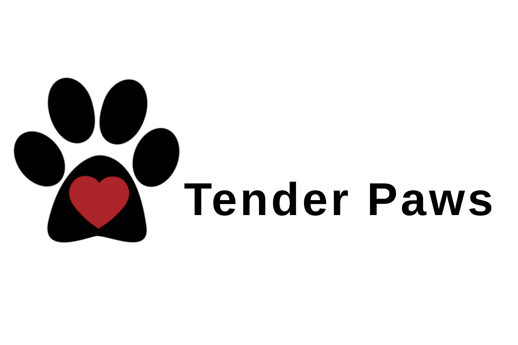Acceptable Equipment List
When choosing your animal’s equipment, select an item that is easily sanitized, allows sufficient space for petting the animal’s body, and allows no means by which the animal or the client may be harmed.
The following is the list of acceptable equipment for the Therapy Animal Program:
Harnesses: front clip, back clip, step-in, vest, or slip harness. A harness may have multiple connection points, but only one connection point is acceptable to be used for the evaluation or while visiting. The harness should fit the animal properly and the animal should feel comfortable wearing it.
Buckle, snap, or quick-release collars in leather, fabric, or breathable synthetic materials.
Limited-slip collars (such as martingales), provided that they don’t include metal links.
Head halters.
Leashes or leads, no more than six feet in length, made of leather, fabric, or synthetic material, with only one connection point.
Metal hardware, such as buckles, slip rings, and D‑rings, are acceptable as part of any of the above equipment.
Baskets that can be easily cleaned and sanitized are acceptable for cats, rabbits, guinea pigs, and rats.
The following are examples of equipment that’s considered inappropriate for both evaluations and visits:
Special training collars, such as prong, electric, or spray collars.
Muzzles
Metal collars and harnesses, including martingales that have metal links.
Full-slip collars of any type.
Leashes that have any amount of metal chain.
Retractable leashes.
Leashes that are longer than six feet.
Hands-free leashes, such as those secured around the handler’s waist or shoulder.
Pouches, purses, or bags designed to carry an animal.
Novelty items, such as (but not limited to) decorative bead leashes, vests designed to look like clothing, ties, or headbands
Service Animal Equipment with or without the service animal designation:
Anyone wishing to use a specially designed harness for service animals must request and receive an accommodation from Pet Partners for the use of the equipment while on a therapy animal visit. It will be up to the team evaluator to determine if the equipment is in fact acceptable to Pet Partners standards.
Strollers, Carts, and Wagons:
Strollers and carts require an accommodation for the use of the equipment. The team evaluator will be responsible for approving the stroller chosen at the time of the evaluation. All strollers and carts should be clean and safe for both the client and the animal. Pet Partners does not currently allow the use of wagons or any other device that is pulled versus being pushed.
Brushes:
Brushes are useful tools to have while you’re visiting because they offer a way for people to interact with your animal. The brush that you bring to the evaluation doesn’t need to be the same one that you use to routinely groom your animal.
The brush that you use as your “visiting brush” should minimize the possibility of unintentional injury to both your animal and the clients. Soft bristles and plastic handles are best. Wire bristle brushes and combs with metallic teeth are not acceptable.
Costumes:
Dressing animals in costumes for visits is not allowed. It introduces an unnecessary element of risk into visits. For example, if you were to dress your dog up in devil horns for Halloween and visit a person with dementia, the costume could trigger a severe adverse reaction despite your good intentions. In addition, costumes can get caught on healthcare equipment and can be a safety hazard. Note that seasonal or holiday scarves are permitted.
Rabies Tags:
You are not required to present rabies tags to your evaluator, but you must have proof of current rabies vaccination in order to evaluate. Pet Partners recommends that dogs wear their rabies tags while evaluating and visiting. This is often a local ordinance or requirement of facilities that you may visit as well.
For specific inquiries about appropriate equipment, please visit Pet Partners.
250 Wilma Rudolph Blvd.
Suite F, Box 188
Clarksville, TN 37040
Tender Paws
Email: Info@TenderPawsClarksville.org
